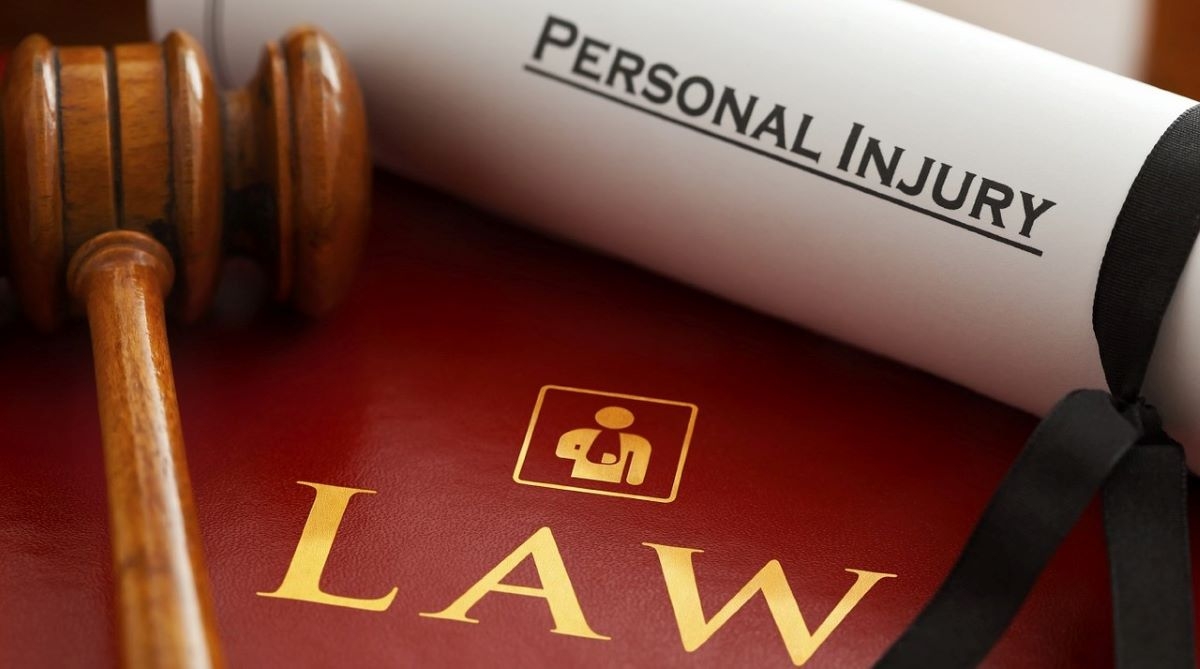
How to retire and never run out of money
Retirement can be a dream come true if you prepare properly. That dream can quickly turn into a nightmare if you run out of money. One way to prevent that is to avoid some common mistakes while saving for retirement, like failing to do a 401k rollover or “borrowing” from your retirement savings when you have financial problems. These and other tips on retirement income are covered below.
Tip #1: Calculate your retirement income needs
The “Rule of 25” is a popular technique for determining retirement income needs. It recommends that you calculate your annual expenses and multiply them by 25. For instance, if your annual expenses in retirement will be $80,000, assume you’ll need $2 million (80,000 x 25) in retirement savings. You’re not limited to that, of course. So, you can always save more if you can.
Tip #2: Contribute the maximum to your 401(k) plan
The IRS has set a maximum contribution limit of $22,500 per year for 401(k) and pension plans. It goes up to $30,000 if you’re over age 50. Those contributions are tax deferred, so take advantage of them by contributing the maximum if you can. That will put you in a lower tax bracket this year and provide you compound returns to increase your retirement income.
Tip #3: Open a Roth IRA with after tax income
In addition to your 401(k) contributions, the IRS also allows you to contribute up to $6,500 into an IRA ($7,500 if you’re over 50). Going with a Roth IRA instead of the traditional version means that you’ll be making contributions with after tax income and taking tax free distributions after you retire. Those come in handy when you get into the later years of your life.
Tip #4: Never touch the principal
This is a hard rule to follow when you face financial distress while still working. Never touch the principal of your retirement savings, no matter what the circumstances are. If you draw from it for home repairs or “emergencies,” you put your retirement at risk. One of the most dangerous lies you can tell yourself is that you can “always make it up.”
Tip #5: Spend less whenever possible
You may be overspending if you’re paying for a premium cable package and don’t watch much TV. Ordering take-out food instead of cooking can also be an area where you can spend less money. You can limit yourself to eating out only on occassion to give yourself a break. It’s best to weigh every spending decision like this now so you have something left when you retire.
Tip #6: Take social security at 70
People are living longer and staying active well into their 80s and 90s. This is obviously dependent on you taking better care of yourself today. Eat healthy, exercise, and wait until you’re 70 before taking social security. That ensures you’ll get the maximum amount available, at least by today’s standards. Rumor has it that threshold may be raised in a few years.
Tip #7: Do Roth IRA disbursements last
According to the IRS, required minimum distributions (RMDs) from 401(k) plans and traditional IRAs start at age 72. Roth IRAs are not subject to the same rule. You can save them for last, which is a good thing, because the distributions are tax free. A Roth IRA is a nest egg on top of a nest egg. Think of it as your “reserve” account for those later years.
The Bottom Line
With retirement savings, taking the right steps is the difference between financial stability and running out of money. To avoid that, calculate your retirement needs, contribute the maximum to your 401(k) and IRAs, never touch the principal, spend less, and take social security at 70. Save your Roth IRA distributions for last and you’ll have tax-free income late in life.
Sources:
https://passiveincomemd.com/how-to-never-run-out-of-money-in-retirement/
https://wealthtender.com/insights/investing/how-much-money-do-i-need-to-retire/
Image credit: Unsplash







